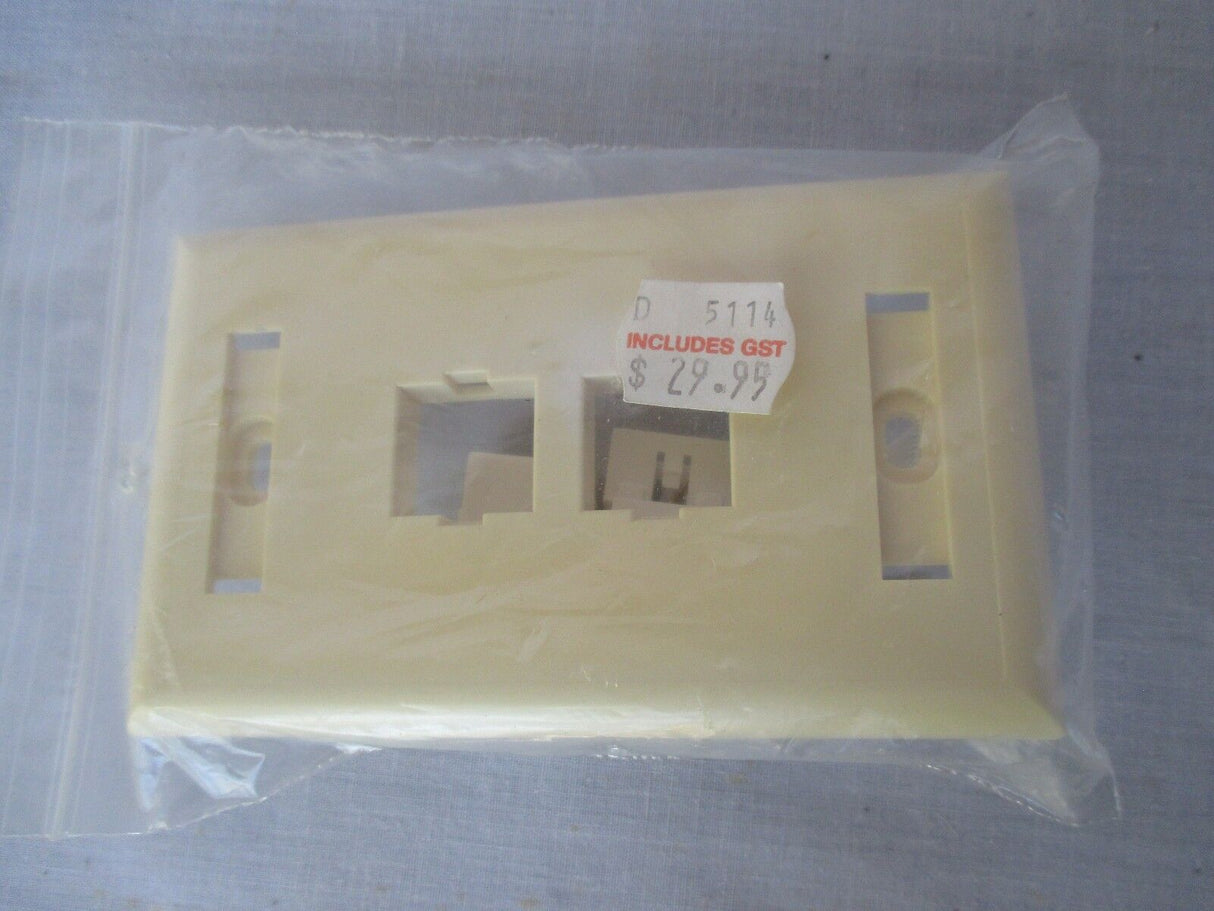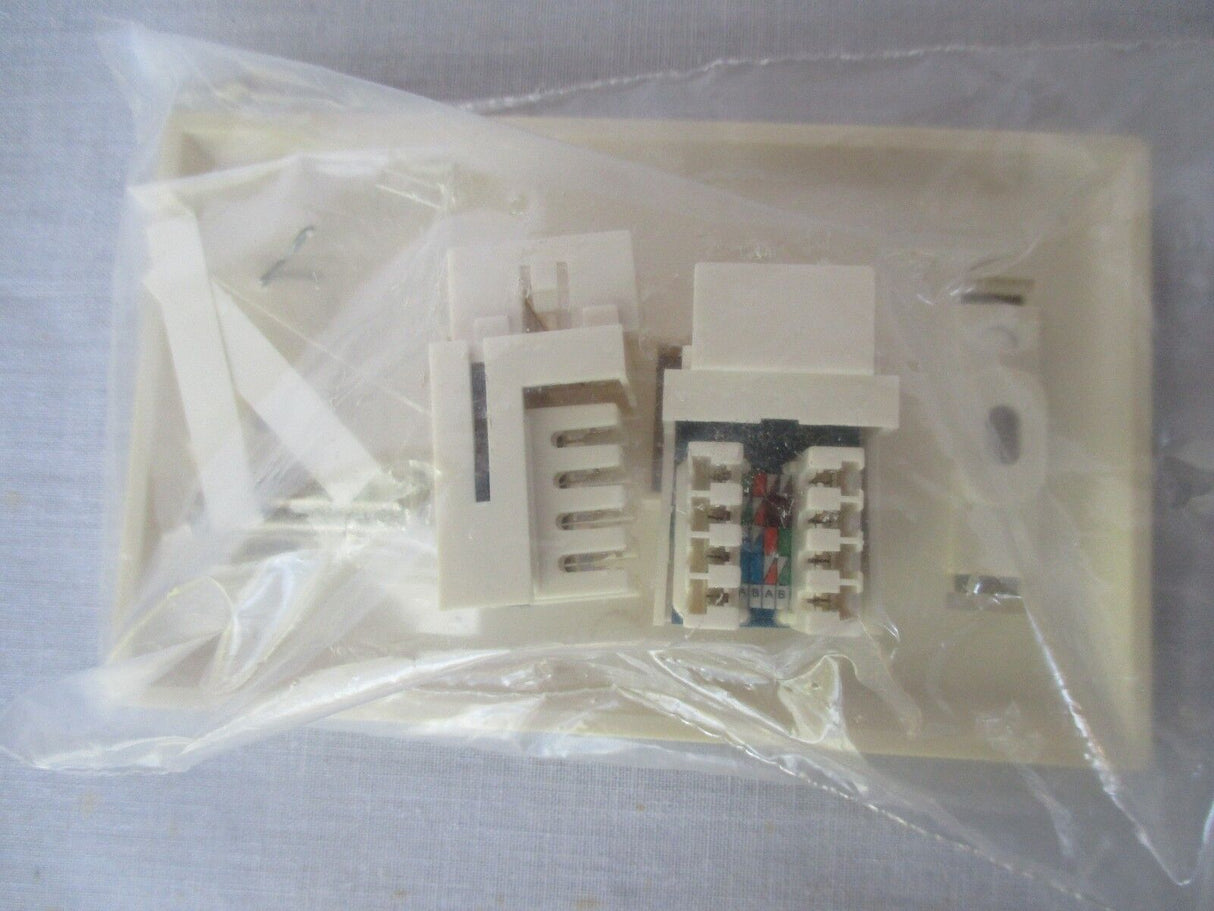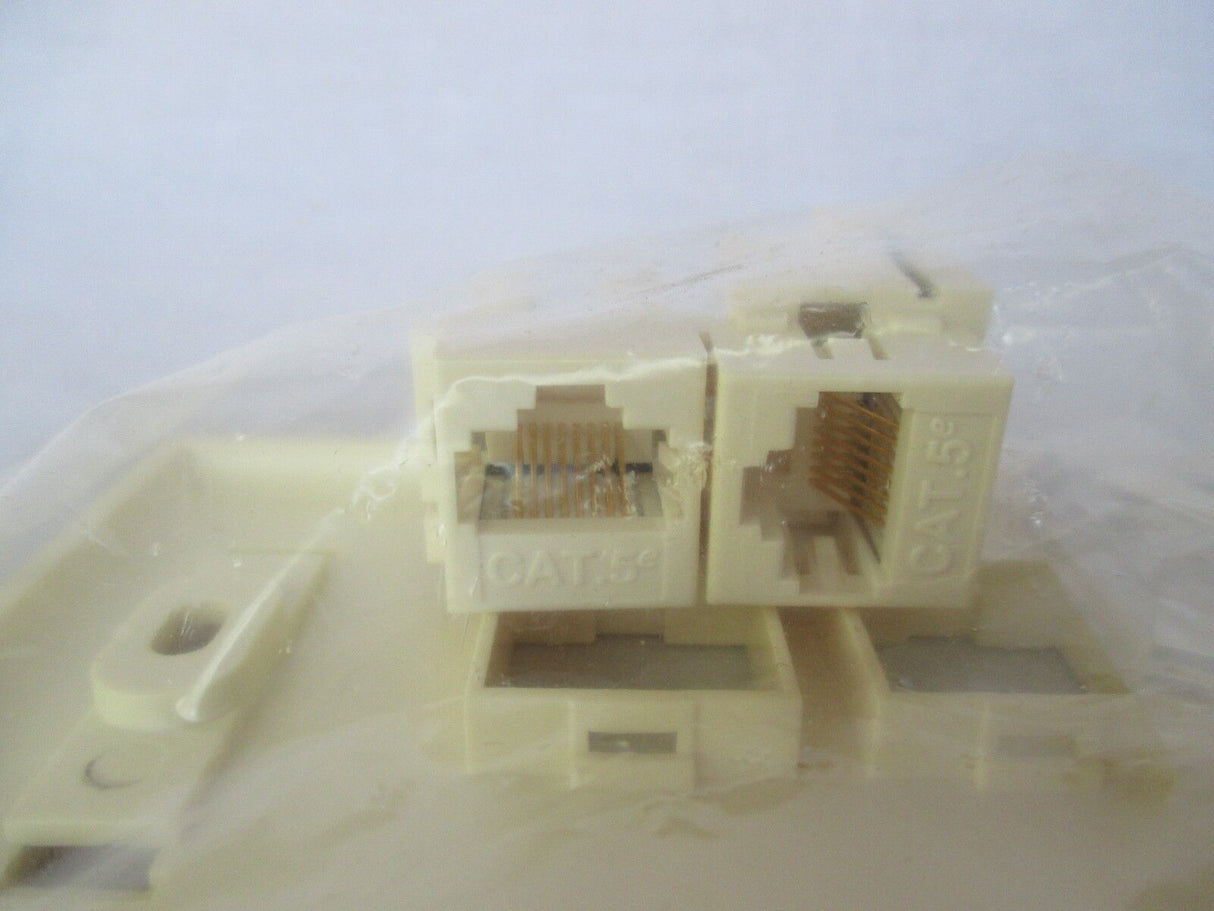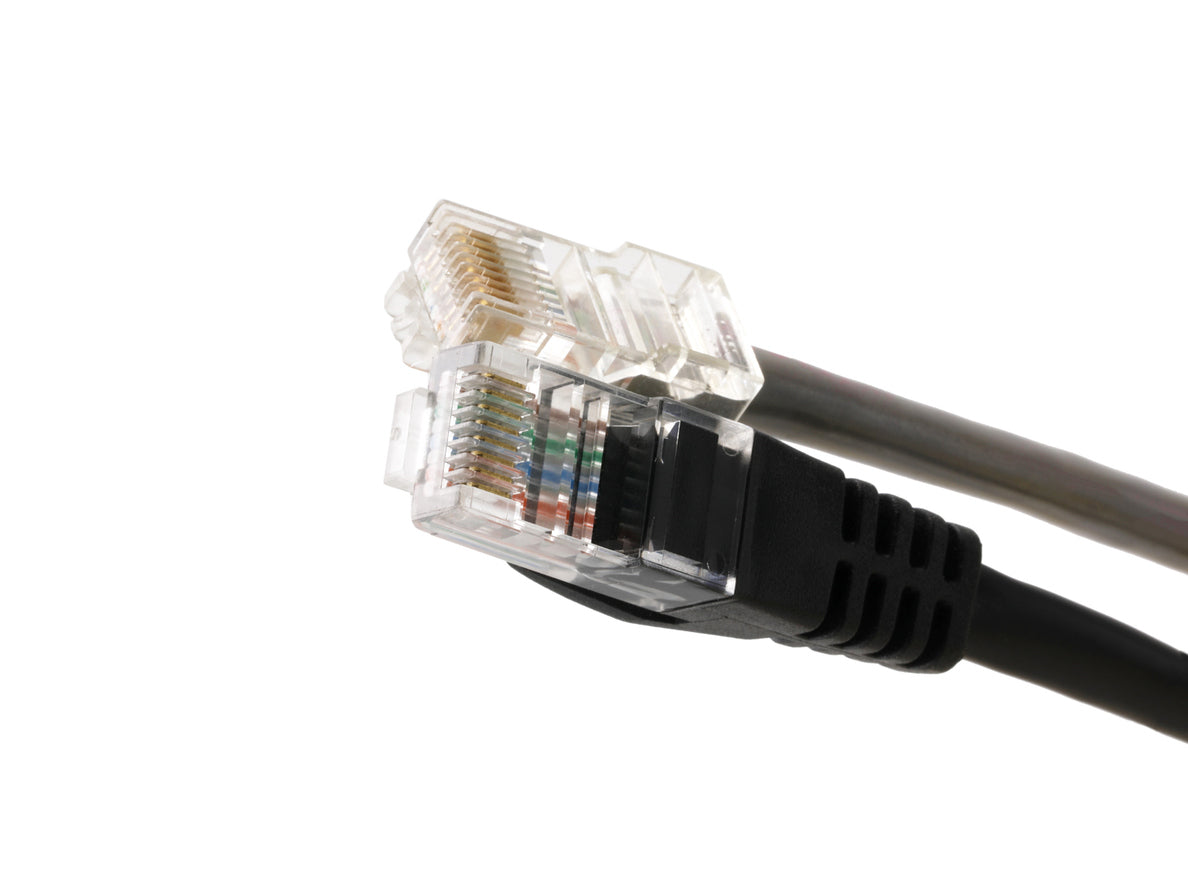2x Cat5 Network Cable Wall Plate
2x Cat5 Network Cable Wall Plate is backordered and will ship as soon as it is back in stock.
Couldn't load pickup availability
Network Cables and Connectors:
Network Cables and Connectors:
"All Parts are Guaranteed. The Cables sold by Xdeal mostly are never used excess floor stock. There may be superficial imperfections due to items having been on display.”
Delivery and Shipping
Delivery and Shipping
We pride ourselves with picking and shipping the next day
Description
Description
Some thing to Consider when Choosing a Network Cable :
- Crossover or Patch(Straight Through)
- Cat 5/5e or Cat6
- Length
Crossover cables connect similar devices (computer to computer, switch to switch), while patch cables (straight-through) connect different devices (computer to switch, router to switch). Cat5/5e and Cat6 cables differ in their data transfer speeds and bandwidth, with Cat6 offering higher performance.
Crossover vs. Patch Cables:
Crossover Cables:
Used to connect devices of the same type, such as two computers or two switches.
Have a different wire arrangement on each end (one end uses T568A, the other T568B).
Less common than patch cables.
Patch Cables (Straight-Through):
Used to connect devices of different types, such as a computer to a switch or a router to a switch.
Have the same wire arrangement on both ends.
The most common type of Ethernet cable.
Cat5/5e vs. Cat6 Cables:
Cat5/5e:
Can support Gigabit Ethernet speeds (1000 Mbps).
Designed for operating frequencies up to 100 MHz.
Cat5e is an enhanced version of Cat5 with stricter performance standards.
Cat6:
Can support data transfer rates of up to 10 Gbps at shorter distances.
Designed for operating frequencies up to 250 MHz.
Has stricter performance specifications than Cat5/5e.
Payment & Security
Payment methods
Your payment information is processed securely. We do not store credit card details nor have access to your credit card information.
Patch v Crossover Cables
Disclaimer: Choose carefully and take care to fit the cable correctly. Your Computer is a very important possession. xdeal.com.au is not responsible for any loss of data, software issues, damaged property or personal injury. Use this site, videos, and any advice at own risk.







